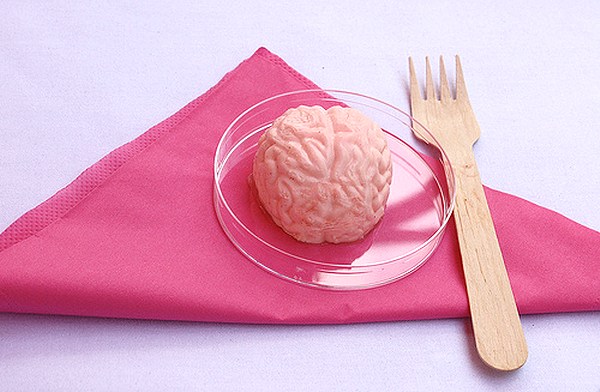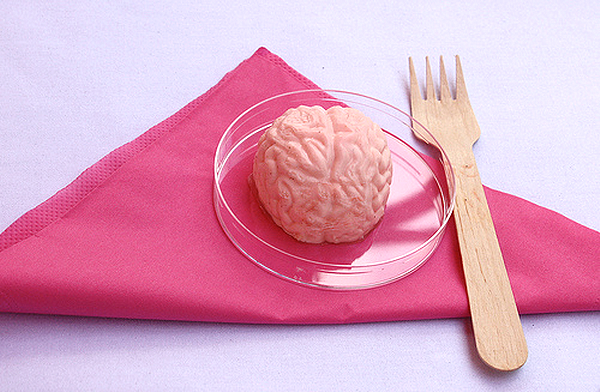Special Focus on Higher Education (Part II): Brain Bites are “now and then” morsels regarding trends, statistics, and interesting ephemera in personal economics. These tasty tidbits help maintain your edge over an unpredictable future. Think of them as cerebral snacks for the hungry mind!
Affirmative action for the rich?
Colleges and universities now direct more of their financial aid to students from middle- and high-income families and less toward students whose parents earn less than $30,000 a year. One reason cited is higher-income students tend to come from high schools with better resources and bring higher test scores.
Ref: U.S. Department of Education
Coming up short
Delinquency rates on student loans reached 12% in 2013. This was higher than the roughly 10% delinquency rate on mortgages at the height of the housing crisis in 2008-09.
Ref: Federal Reserve
Is college really worth it?
A 2014 McKinsey report found that 42% of recent grads are in jobs that require less than a four-year college education; some 41% of grads from the nation’s top colleges could not find jobs in their chosen fields; and half of all graduates said they would choose a different major or school.
Ref: McKinsey & Company
Til debt do they part
Student debt has grown so large that it stops many young persons from buying houses, starting businesses, or having children.
Ref: The Economist
Handsome returns
A two-year skilled-trade education can pay big. One pipe company doing oil and gas work in Ohio paid 60 of its welders more than $150,000 in 2013. Two welders earned more than $200,000.
Ref: Ohio State Treasurer’s office
Top banana
In 2014, President Obama set a goal of having the United States attain the highest proportion of college graduates in the world by 2020.
Ref: Christian Science Monitor
What’s in a name?
Almost 40 colleges have dropped “community” from their names in the past decade, compared with about a dozen in the previous decade. One driver is the increasing prevalence of two-year institutions adding four-year degree courses. Another is a broader rebranding effort to shed a stigma of poor graduation rates and a second-class status as vocational schools.
Ref: Higher Education Publications
Admissions deluge
Students are sending more applications, abetted by electronic forms. Seven years ago, 315 colleges and universities accepted the most widely used form, the Common Application; in 2014, 517 did. Students applying to 7 or more colleges made up just 9% of the applicant pool in 1990 but accounted for 29% in 2011.
Ref: National Assn. for College Admissions Counseling
Easing the pain
In a 2014 presidential memorandum, President Obama expanded his “Pay as You Earn” program. Those who borrowed before 2007 will also be allowed to cap their monthly student-loan payments at no more than 10% of their income, regardless of how much is owed.
Ref: Associated Press
Slave labor
Alums of unpaid internships had full-time offers at nearly the same rate as those who had no internships at all—about 37%—compared with 62% for those with paid internships. This suggests unpaid internships don’t help students land full-time jobs.
Ref: National Assn. for College Admissions Counseling
A ton of dough
The earnings gap between Millennials (young adults ages 25 to 32) with and without a college degree has stretched to its widest level in nearly half a century ($45,500 vs. $28,000 annually), reports a 2014 Pew analysis of U.S. Census Bureau data.
Ref: Pew Research Center
Coffee, tea, or free?
Beginning Fall 2014, Starbucks will cover all tuition fees in the final 2 years of college for staff who work at least 20 hours a week, and may also contribute to the cost of their first 2 years. They must get their degree online from Arizona State University and achieve a certain number of course credits.
Ref: Arizona Central
Not moving the needle
Less than half (43%) of the students who took the SAT in 2013 met or exceeded the benchmark score of 1550 out of a possible 2400, a figure which has remained virtually unchanged for the previous 5 years. Those that meet the benchmark have a greater chance of 1st year academic success and persisting to graduation.
Ref: College Board
Debunking the myths
Researchers debunk the theory that community college students who transfer to universities graduate at a lower rate. Instead, they finger the transfer process—the more credits students lose in transferring, the more likely they are to drop out. Only 58% of students who transferred were able to bring most or all of their credits with them.
Ref: American Educational Research Assn.
Life is the sum of all your choices.
~ Albert Camus, author and journalist
The information in Brain Bites is sourced from a variety of usually reliable publications. Nevertheless, we cannot guarantee the accuracy or currency of this material and a degree of common sense should be applied before quoting it. If something appears to be too good to be true, it probably is.
Image credit: “Jelly Brain Dissection” by Guerilla Science (2010), licensed/modified (red ring removed) by permission of copyright holder.


